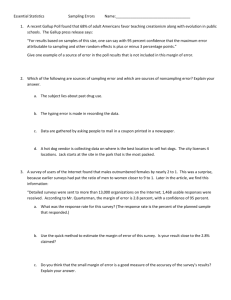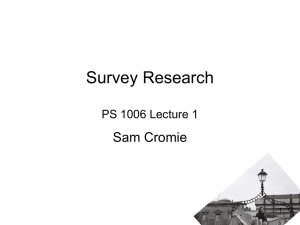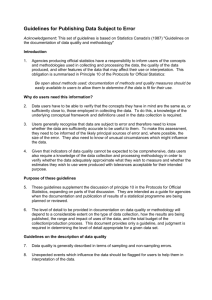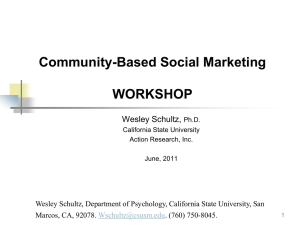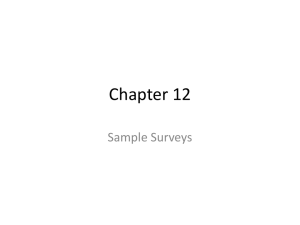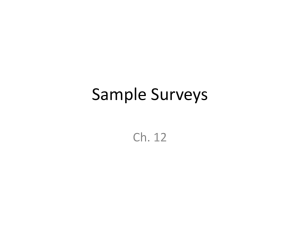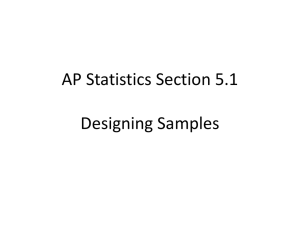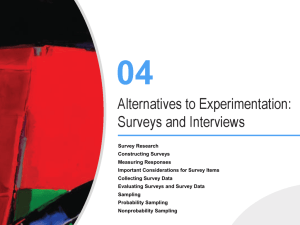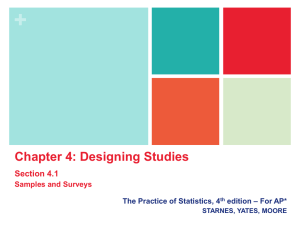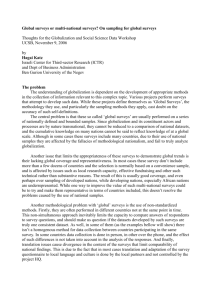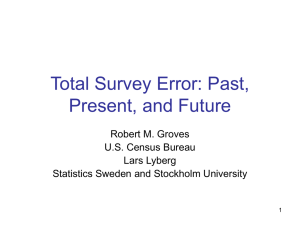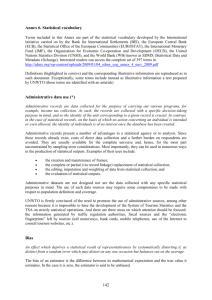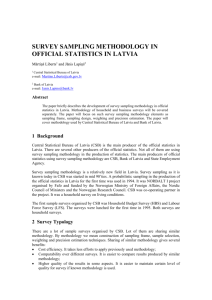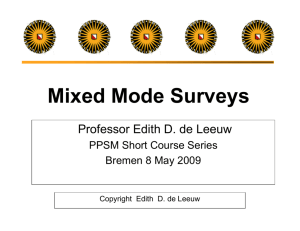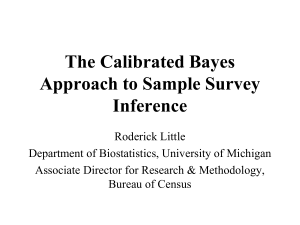Sample Surveys
advertisement
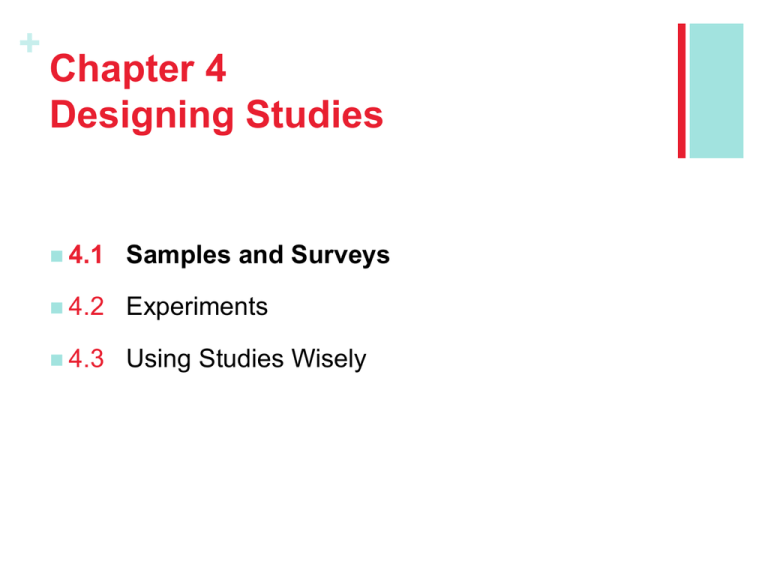
+ Chapter 4 Designing Studies 4.1 Samples and Surveys 4.2 Experiments 4.3 Using Studies Wisely + Section 4.1 Samples and Surveys Learning Objectives After this section, you should be able to… IDENTIFY the population and sample in a sample survey IDENTIFY voluntary response samples and convenience samples DESCRIBE how to use a table of random digits to select a simple random sample (SRS) DESCRIBE simple random samples, stratified random samples, and cluster samples EXPLAIN how undercoverage, nonresponse, and question wording can lead to bias in a sample survey for Sampling The purpose of a sample is to give us information about a larger population. The process of drawing conclusions about a population on the basis of sample data is called inference. Why should we rely on random sampling? 1)To eliminate bias in selecting samples from the list of available individuals. 2)The laws of probability allow trustworthy inference about the population • Results from random samples come with a margin of error that sets bounds on the size of the likely error. • Larger random samples give better information about the population than smaller samples. Sampling and Surveys + Inference Surveys: What Can Go Wrong? Most sample surveys are affected by errors in addition to sampling variability. Good sampling technique includes the art of reducing all sources of error. Definition Undercoverage occurs when some groups in the population are left out of the process of choosing the sample. Nonresponse occurs when an individual chosen for the sample can’t be contacted or refuses to participate. A systematic pattern of incorrect responses in a sample survey leads to response bias. The wording of questions is the most important influence on the answers given to a sample survey. Sampling and Surveys + Sample In 1988, Shere Hite published a book entitled Women and Love: A Cultural Revolution in Progress, in which she claimed that 70% of women who have been married 5 years or more are having extramarital affairs. Hite’s survey was sent to 100,000 women, and her conclusions were based on the 4,500 women who responded. What was the nonresponse rate for this study? How might this nonresponse have affected results of the study? Sampling and Surveys Surveys: What Can Go Wrong? EXAMPLE + Sample Explain how the cartoon below is an example of response bias. Sampling and Surveys Surveys: What Can Go Wrong? EXAMPLE + Sample During the middle of the drive to pass healthcare reform legislation in July 2010, several different polling organizations attempted to measure the sentiments of Americans. A New York Times poll found that 66% of Americans supported “a government-administered health insurance plan – something like Medicare coverage that people 65 and over get.” However, a Fox News poll found that only 44% supported a “government-run health insurance plan.” What is different about how the healthcare reform plan was described in each poll? How might the wording of the question have impacted responses? Sampling and Surveys Surveys: What Can Go Wrong? EXAMPLE + Sample + Section 4.1 Samples and Surveys Summary In this section, we learned that… A sample survey selects a sample from the population of all individuals about which we desire information. Random sampling uses chance to select a sample. The basic random sampling method is a simple random sample (SRS). To choose a stratified random sample, divide the population into strata, then choose a separate SRS from each stratum. To choose a cluster sample, divide the population into groups, or clusters. Randomly select some of the clusters for your sample. + Section 4.1 Samples and Surveys Summary, con’t In this section, we learned that… Failure to use random sampling often results in bias, or systematic errors in the way the sample represents the population. Voluntary response samples and convenience samples are particularly prone to large bias. Sampling errors come from the act of choosing a sample. Random sampling error and undercoverage are common types of error. The most serious errors are nonsampling errors. Common types of sampling error include nonresponse, response bias, and wording of questions. + Looking Ahead… In the next Section… We’ll learn how to produce data by designing experiments. We’ll learn about Observational Studies vs. Experiments The Language of Experiments Randomized Comparative Experiments Principles of Experimental Design Inference for Experiments Blocking Matched Pairs Design
